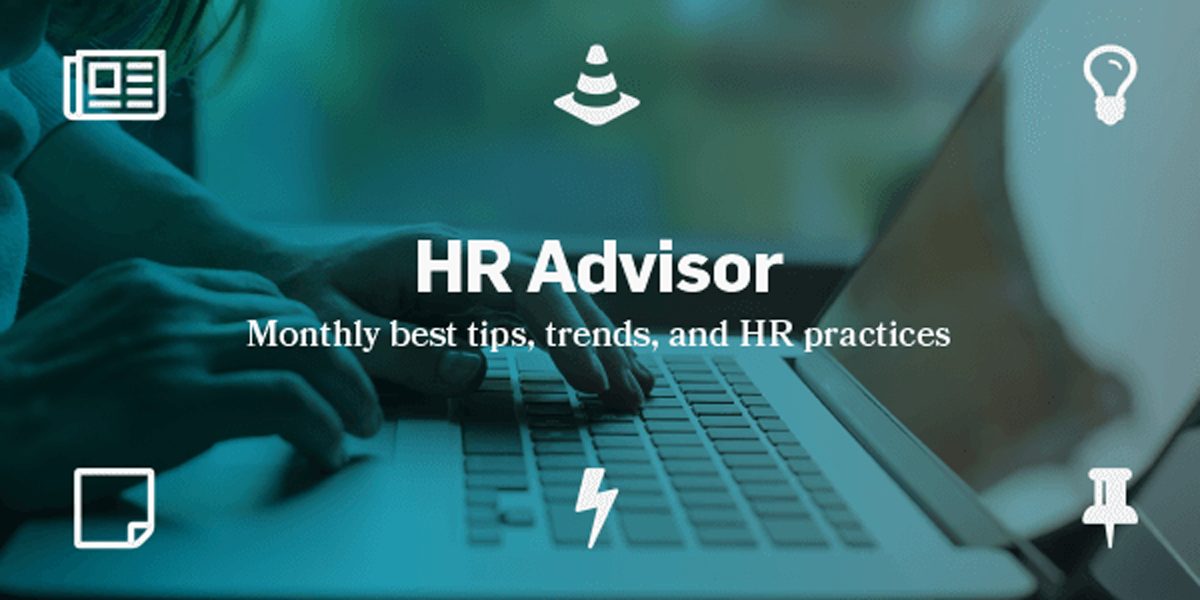How to Make Good Use of Your Employee Handbook
Employee handbooks are a nifty communication and reference tool for the workplace, but only if they’re used and not collecting dust on some physical (or digital) shelf. A handbook is only as good as what it does. At the minimum, it should do the following:
Introduce employees to the fundamentals of your organization’s culture—the beliefs and values that members of the organization are expected to share. This introduction explains what you do and why you do it. It may also give employees a look into the history of your organization, how you got to where you are, and where you intend to go. Last but not least, it gives employees an idea of how they can contribute to the culture.
Communicate to employees what general behaviors and procedures are expected of them. These include general safety responsibilities, confidentiality expectations, timekeeping processes, reporting procedures, dress codes, and any other ways of doing things at your organization.
Educate employees about what they can expect from the organization’s leadership. Executives, managers, and HR departments have obligations to their employees—both those they’ve established themselves and those required by law. A good handbook tells employees what those obligations are and how they will be met. If your employees are entitled to leaves or accommodations, for example, your handbook should explain these.
Support consistent enforcement of company policies. Employers expose themselves to risk when they interpret, apply, or enforce policies inconsistently. Transparency about policies and how they are enforced helps keep everyone accountable and the enforcement of rules consistent across the company.
Showcase the benefits the organization offers. Does your organization offer vacations, 401(k), health insurance, paid parental leave, or other employee benefits? If so, your handbook should outline these programs and their eligibility requirements.
Let employees know where to turn for help. Employees should feel safe turning to HR or a manager to report workplace violations, get workplace-related assistance, and get answers to any other questions they may have. The alternative is for them to turn to an outside third party, like the EEOC, the DOL, or an attorney, which could trigger a costly and time-consuming investigation. When a handbook provides multiple ways for an employee to lodge a complaint (ensuring they won’t have to report the problem to the person creating the problem), they are more likely to keep their complaints in-house.
Key Practices to Keep the Workplace Safe
In 1970, when Richard Nixon signed the Occupational Safety and Health Act into law, an estimated 14,000 workers were killed on the job every year. Fifty years later, that number is down to 5,333, but safety in the workplace remains a paramount concern, and not only because we’re struggling through a pandemic.
We’ve broadened our knowledge of what dangers threaten the workplace and what strategies are best suited to promote organizational health. We better understand the psychological effects of stress, the damage caused by harassment, and harmful consequences of inequality. And we know how to mitigate these risks more effectively.
As you work to keep your workplace safe, consider implementing the following practices:
- Create and issue a written safety policy for employees to read and acknowledge. Employees should know that they will be held accountable to the policy and can be disciplined regardless of whether they sign it.
- Provide employees with a form (either paper or digital) so they can document and report their safety concerns. This promotes employee involvement in proactive safety assessments of the workplace. For this practice to work, employees need to feel comfortable raising concerns and confident those concerns will be addressed. You can make the submission process anonymous to increase the likelihood that it is used.
- Do not create safety incentive programs or reward employees when there are no reported incidents, as these rewards can encourage employees to keep safety violations hidden.
- Investigate all health and safety concerns, even if no one has made an official complaint.
- Provide paid sick leave and make requesting leave hassle-free. When sick employees are worried about a smaller paycheck or are required to find a substitute to cover their shift, they may feel pressured to come in to work while infectious, putting colleagues and customers at risk.
- Quickly and thoroughly address instances of sexism, racism, and other forms of inequality and discrimination.
- Promote psychological safety by taking steps to ensure people feel safe to speak up about their concerns.
- Give employees permission and time to rest and recharge. When a workplace situation causes someone to have a fight-or-flight response, it may be best for them to step away from the situation before they say or do something they may regret or that causes more harm. Make sure employees know that they can remove themselves from an overly stressful situation, without punishment or retaliation.
- Forward OSHA’s QuickTakes online newsletter to employees.
- Offer monthly 10-minute safety or wellness trainings. Trainings could be on anything from how to get a good night’s sleep to safe driving techniques. Promote employee involvement by asking various employees to facilitate them.
- Talk to your workers’ compensation carrier. You can get good safety tips, trainings, and ideas from them, and you may be able to get write-offs. Like you, they want to keep costs down, so they’ll likely appreciate your efforts to make safety a priority and do what they can to help.
OSHA's New COVID-19 Guidance
OSHA’s new guidance is advisory in nature and creates no new legal obligations. However, one of President Biden’s first acts after being sworn in was to sign an Executive Order on Protecting Worker Health and Safety that directs OSHA to increase enforcement of existing agency standards and investigate whether a new standard for COVID-19 mitigation is needed. Given that, employers may want to consider the new guidelines a strong recommendation.
In a nutshell, OSHA recommends that employers and employees implement a COVID-19 prevention program that includes the following elements:
- Masks and social distancing
- A hazard assessment
- Measures to limit the spread of the virus
- Ways to identify (and send home) sick employees and policies for employee absences that don’t punish workers for staying home when sick
- Communication of coronavirus policies and procedures in both English and the primary language of non-English speaking workers
- Protections from retaliation for workers who raise coronavirus-related concerns
If you’re interested, you can learn more about the program here.



